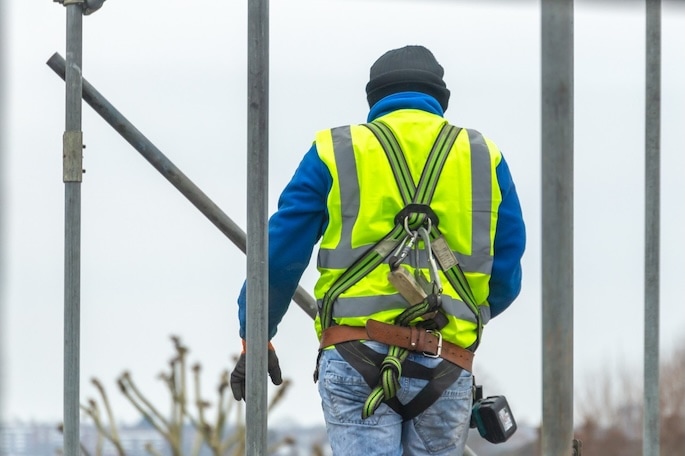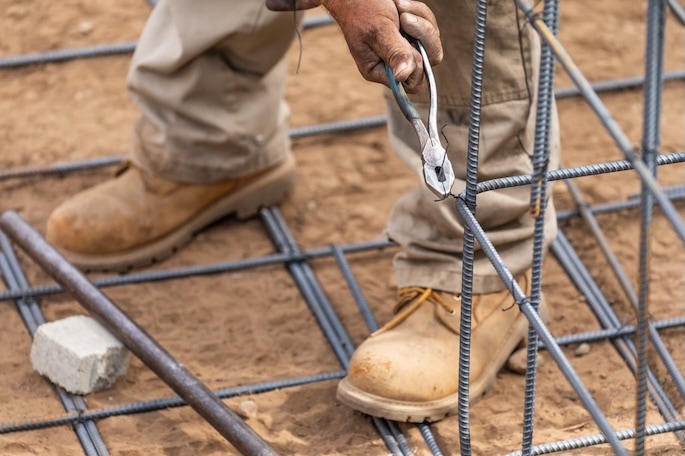Workplace safety is about more than meeting minimum requirements—it’s about creating an environment where employees thrive, hazards are proactively addressed, and safety becomes a shared commitment. As we enter the new year, it’s the perfect time for organizations to move beyond compliance and aim for excellence in safety standards.
This blog explores how to elevate safety practices, leverage technology, and align safety goals with broader business objectives to build a culture that prioritizes proactive safety.
Beyond OSHA Compliance: Why Excellence Matters
While OSHA compliance is critical, it’s only the foundation of a strong safety program. By striving for excellence, businesses can:
- Reduce Workplace Incidents: Proactive measures prevent accidents before they occur.
- Enhance Employee Morale: A commitment to safety shows employees their well-being is valued.
- Boost Operational Efficiency: Safe workplaces experience fewer disruptions, leading to higher productivity.
- Strengthen Reputation: Demonstrating a robust safety culture attracts top talent and reassures clients.
Elevating safety standards means adopting a forward-thinking approach that goes beyond regulatory checklists.
Steps to Elevate Safety Standards
1. Conduct Regular Audits and Assessments
Audits are essential for identifying gaps, ensuring compliance, and driving continuous improvement.
- Schedule Comprehensive Audits: Perform wall-to-wall inspections of your facility to identify hazards, review equipment, and evaluate safety protocols.
- Use Checklists: Develop detailed checklists tailored to your workplace, covering machine guarding, PPE compliance, and emergency readiness.
- Engage Employees: Include employees in the audit process to gain insights into potential hazards and promote accountability.
- Review and Update Written Programs: Ensure safety policies, such as Lockout/Tagout, Hazard Communication, and Emergency Action Plans, are current and reflect industry best practices.
Regular audits help organizations stay ahead of potential risks while demonstrating a commitment to safety excellence.
2. Leverage Technology for Proactive Safety
Technology is a game-changer for enhancing safety practices. It streamlines processes, improves hazard detection, and fosters real-time communication.
- Safety Management Software: Use platforms to track incidents, schedule training, and manage compliance documents efficiently.
- IoT Sensors: Implement smart sensors to monitor workplace conditions, such as air quality, noise levels, and equipment performance.
- Wearable Technology: Equip employees with devices that monitor their environment and health metrics, providing early warnings for potential hazards.
- AI-Driven Analytics: Analyze historical safety data to predict trends and prevent incidents proactively.
Integrating technology into safety programs allows organizations to address risks swiftly and effectively.
3. Align Safety Goals with Business Objectives
Safety isn’t just a standalone goal—it’s a critical component of organizational success. Aligning safety with broader business objectives ensures it remains a top priority.
- Link Safety to Productivity: Highlight how reducing injuries minimizes downtime and enhances efficiency.
- Tie Safety to Financial Metrics: Showcase the cost savings from fewer accidents, lower insurance premiums, and avoided fines.
- Incorporate Safety into Leadership Agendas: Include safety performance in leadership reviews and decision-making processes.
- Set Collaborative Goals: Ensure safety goals align with other departments, such as HR for wellness initiatives or Operations for equipment maintenance.
By integrating safety into the organization’s strategic framework, businesses can foster a culture where safety is everyone’s responsibility.
4. Foster a Proactive Safety Culture
Creating a safety-first mindset requires engaging employees and leadership at every level.
- Encourage Hazard Reporting: Develop easy channels for employees to report potential risks without fear of retaliation.
- Provide Continuous Training: Offer ongoing education on new equipment, regulations, and safety best practices.
- Recognize and Reward Efforts: Celebrate teams and individuals who contribute to safety improvements.
- Conduct Safety Drills: Regular drills for fire, chemical spills, and other emergencies ensure preparedness and confidence in procedures.
A proactive safety culture transforms safety from an obligation into a shared value.
Measuring Success in Safety Excellence
To gauge progress and maintain momentum, organizations should track key metrics and use them to refine their safety programs.
- Leading Indicators: Monitor proactive measures like completed audits, near-miss reports, and training attendance.
- Lagging Indicators: Review outcomes such as incident rates, lost workdays, and injury severity.
- Employee Engagement: Use surveys to assess how employees perceive the organization’s safety culture.
- Audit Scores: Track improvements in audit performance over time.
These metrics provide valuable insights into what’s working and where adjustments are needed.
The Role of Leadership in Safety Excellence
Leadership sets the tone for safety success. When management demonstrates a genuine commitment to safety, employees are more likely to follow suit.
- Lead by Example: Ensure leadership adheres to safety protocols.
- Allocate Resources: Provide funding for advanced safety tools, training, and initiatives.
- Communicate the Vision: Regularly share the importance of safety in achieving the organization’s goals.
Strong leadership is the driving force behind a safety culture that thrives on excellence.
In 2025, organizations have the opportunity to move beyond compliance and embrace safety as a pillar of operational excellence. By conducting regular audits, leveraging technology, aligning safety with business objectives, and fostering a proactive culture, businesses can create workplaces where employees feel protected and valued.
The journey from compliance to excellence starts with a commitment to continuous improvement and a shared vision for safety success. Make this the year your organization leads the way in safety innovation.



